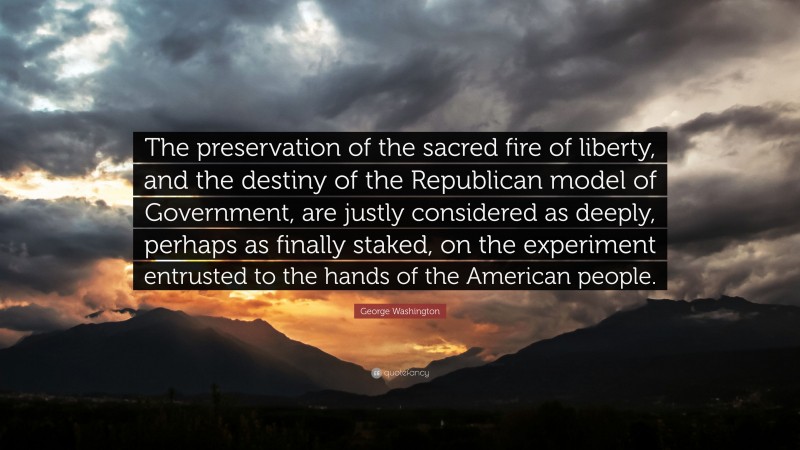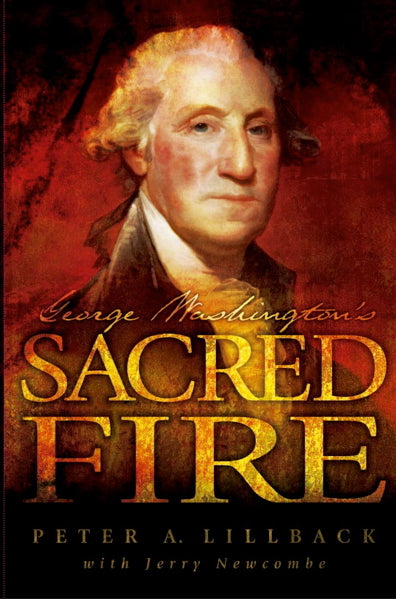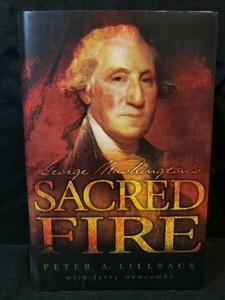

He permitted the slaves on his plantation to decide many things for themselves, including the religious tradition they would follow, and the enslaved population on Mount Vernon were free to join local, organized Christian congregations, or to follow the teachings of a spiritual leader from among their own community.Ī Poem in Washington’s Honor – From a Slave Throughout his life, Washington spoke frequently about his desire to end the practice, and in his will enacted in 1799, he granted freedom to all of his slaves.Īnd even while George Washington stopped short of totally rejecting the slave culture of his time, he did advocate for humane treatment, rather than harsh and indiscriminate punishments. Through his wife Martha, he came to control still more slaves who were bequeathed to her by her first husband, Daniel Parke Custis. Later, as a young adult, Washington purchased several more slaves to help carry out his responsibilities on the farm, but even then he was uncomfortable with the practice. It’s true: The founder of our nation did, in fact, “own” slaves he inherited his first slave at the age of 11 when his father Augustine died, leaving his son a 280-acre farm near Fredericksburg, Virginia, and 10 slaves who worked the fields. The question of whether Washington was racist hinges, for those critics who want his memory expunged from the annals of American history, on his ownership of slaves. “The mob won’t stop,” she writes, “until they destroy everything we hold dear and attain complete power over us.” The Red Guards’ destruction of Confucian temples and family cemeteries, Raleigh explained, was fueled by a desire for power - the same desire that motivates the mobs which seek to destroy American cultural artifacts. Helen Raleigh, senior contributor to The Federalist, warned in a recent article: “If Washington and what he stood for can be condemned and humiliated, none of you are safe.” Raleigh, herself an immigrant from China, recalled China’s Cultural Revolution in 1966, which was launched by Chinese Communist Party dictator Mao Zedong. “Destroy Racists” the vandals wrote, following up with the initials for the Black Lives Matter movement. But to lop off the head of a statue that tells our story impoverishes our cities and leaves us at risk of repeating the mistakes of the past.Ī case in point is the recent vandalism in Baltimore’s Druid Hill Park, where a statue and memorial to George Washington was smeared with red paint.
#George washington sacred fire full#
There, viewers could come to understand the historical figure as a complex person, full of virtue and vice. There, viewers could appreciate the artistic excellence, while at the same time acknowledging the weakness of a cultural standard which elevated a segregationist or a slaveholder to a position of prominence in government. One could make a strong case that some of the statues being spray-painted or hammered (such as the statue of Edward Carmack, a Tennessee politician who wrote pro-lynching editorials and incited violence, or the statue of 17th-century slave trader Edward Colston, which protesters rolled into the harbor in Bristol, England) should be moved from the town square to the local museum. But what is happening across America, as activists protest the tragic George Floyd killing by defacing our nation’s monuments, is regrettable.

All men and women, of all races and nationalities, are created by God in his divine image, and all are worthy of our respect.

Racism, wherever it exists, is a blight on our culture.


 0 kommentar(er)
0 kommentar(er)
